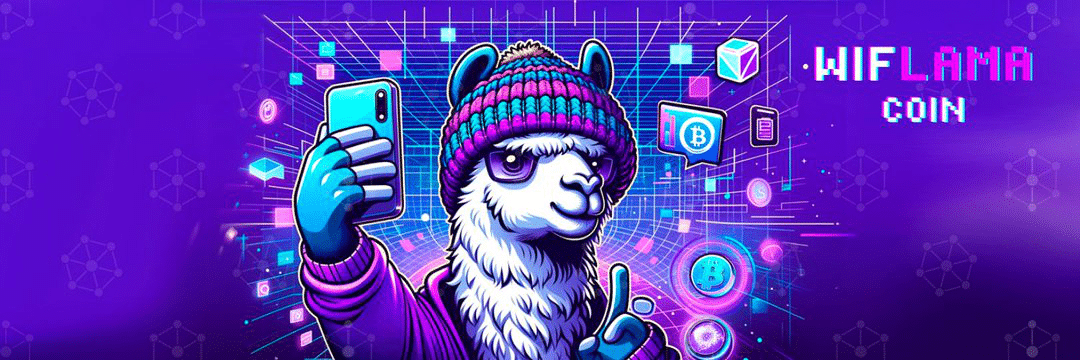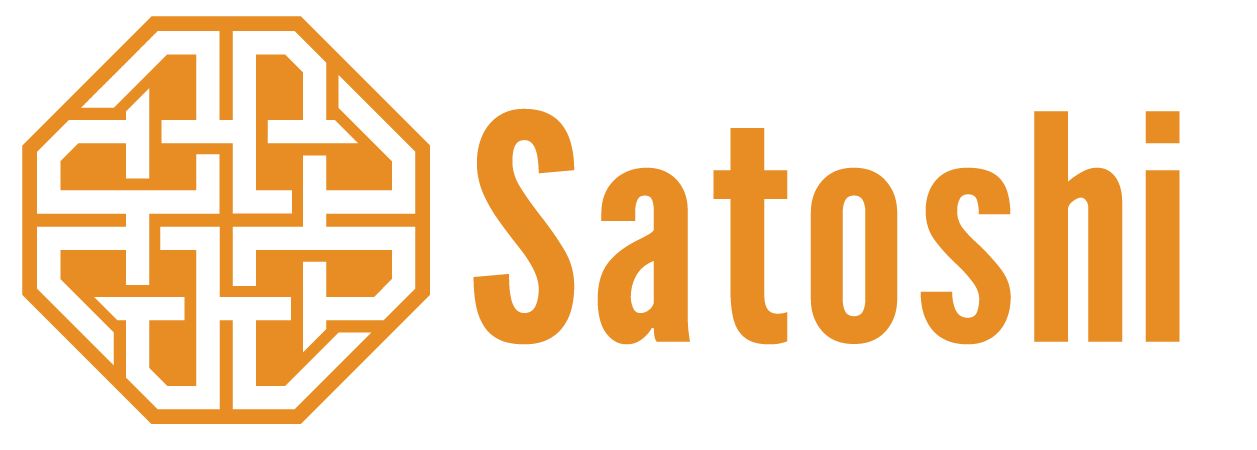Google DeepMind’s Q-Transformer: Overview

Q-transformer, Developed by the Google DeepMind team led by Yevgen Chebotar, Quan Vuong, and others. A new architecture developed for offline reinforcement learning using large Transformer models, especially suitable for large-scale multi-task robot reinforcement learning (RL). It is designed to train multi-task policies on extensive offline datasets, leveraging both human demonstrations and autonomously collected data. This is a reinforcement learning method for training multi-task policies on large offline datasets, leveraging human demonstrations and autonomously collected data. The implementation uses Transformer to provide a scalable representation of the trained Q function with offline temporal backup. The design of Q-Transformer allows it to be applied to large and diverse robot datasets, including real-world data, and has shown superior performance over previous offline RL algorithms and imitation learning techniques on a variety of robot manipulation tasks.
Key features and contributions of Q-Transformer
Scalable representation for Q-functions: Q-Transformer provides a scalable representation for Q-functions trained with offline temporal difference backup using the Transformer model. This approach enables an effective high-capacity sequence modeling technique for Q-learning, which is particularly advantageous for processing large and diverse data sets.
Tokenization of Q-values by dimension: This architecture uniquely tokenizes Q-values by task dimension and can therefore be effectively applied to a wide range of real-world robotic tasks. This is validated using a large-scale text-conditioned multi-task policy learned in both a simulation environment and real experiments.
Innovative learning strategy: Q-Transformer improves learning efficiency by using Monte Carlo and n-level returns with discrete Q learning, a specific conservative Q function regularization for learning from offline datasets.
Solving problems in RL: Solve the overestimation problem common in RL due to distribution shifts by minimizing the Q function for out-of-distribution operations. This is especially important when dealing with sparse rewards, where the normalized Q function can avoid taking negative values despite all non-negative instantaneous rewards.
Limitations and Future Directions: Current implementations of Q-Transformer mainly focus on sparse binary compensation tasks for transient robot manipulation problems. There are limitations in handling high-dimensional motion spaces due to increased sequence length and inference time. Future developments could explore adaptive discretization methods and extend Q-Transformer to online fine-tuning to improve complex robot policies more effectively and autonomously.
To use Q-Transformer, you typically import the required components from the Q-Transformer library, set up a model with certain parameters (e.g. number of tasks, task box, depth, head, and dropout probability), and then transform it into a dataset. Q-Transformer’s architecture includes elements such as the Vision Transformer (ViT) for image processing and a dueling network structure for efficient learning.
The development and open source of Q-Transformer has been supported by sponsors including StabilityAI, the A16Z Open Source AI Grant Program, and Huggingface.
In summary, Q-Transformer represents a significant advance in the field of robotics RL, providing a scalable and efficient method for training robots on diverse and large datasets.
Image source: Shutterstock



